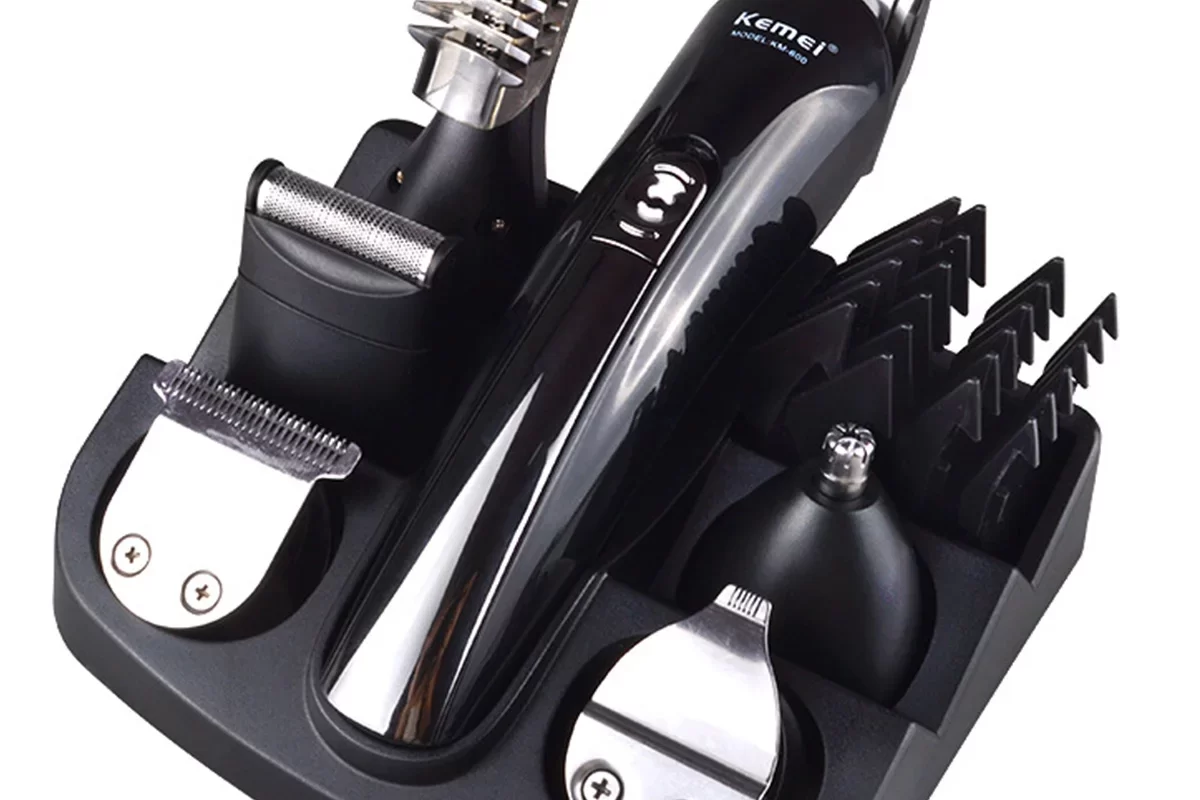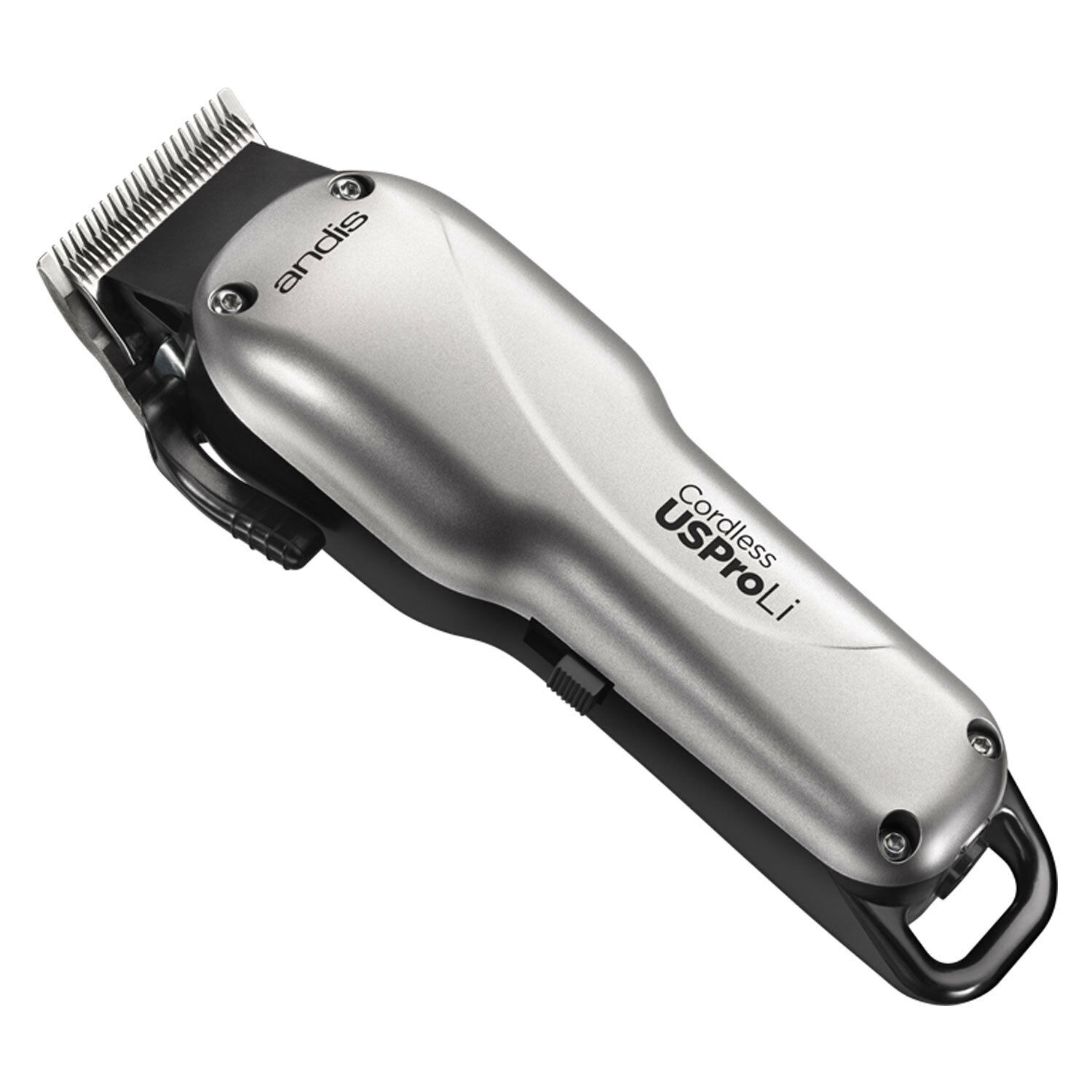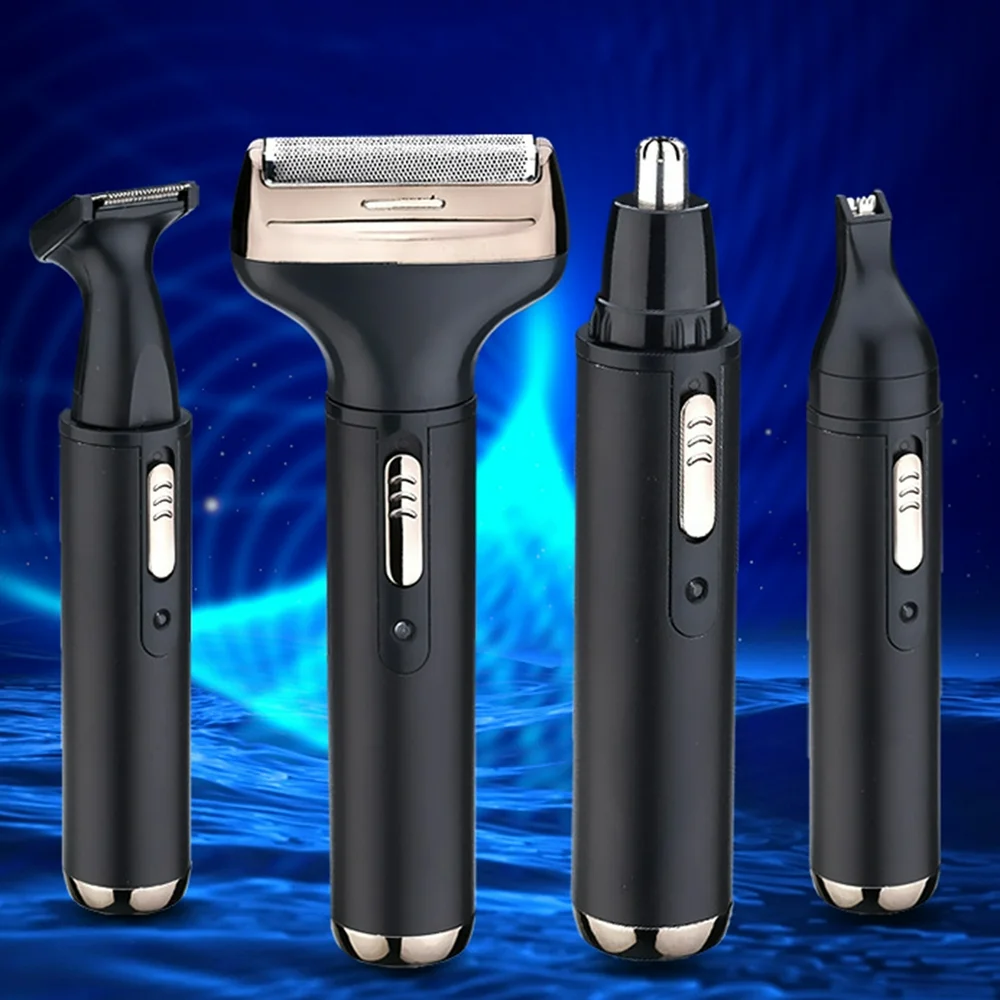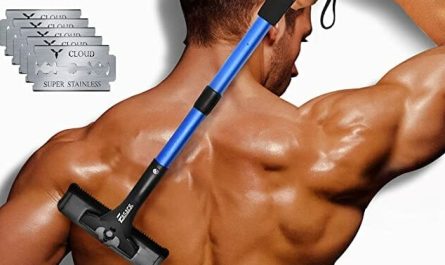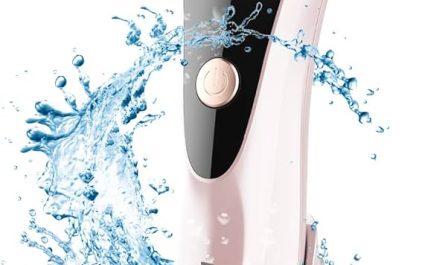Maintaining your electric hair clippers is essential for ensuring optimal performance, longevity, and hygiene. Neglecting proper cleaning can lead to dull blades, uneven cutting, and even skin irritations. In this guide, we’ll walk you through the entire process of cleaning electric hair clippers. We’ll discuss why regular maintenance is crucial, the tools you’ll need, detailed cleaning steps, and tips for keeping your clippers in peak condition.
Importance of Regular Cleaning
Prolonged Lifespan
Electric hair clippers, like any other grooming tool, require regular maintenance to function efficiently. One of the primary reasons for cleaning clippers is to prolong their lifespan. Hair and debris can accumulate in the blades and motor, causing wear and tear. By cleaning your clippers regularly, you’re ensuring they operate smoothly for years to come.
Hygiene Considerations
Hair clippers can house bacteria, oils, and allergens that can irritate the skin and lead to infections. When cutting hair, any contaminants present can transfer to the scalp or skin, possibly causing rashes or allergic reactions. Regularly cleaning your clippers minimizes these risks, keeping both you and your clients safe.
Improved Performance
When clippers are clean, they cut hair more effectively. Hair clippings and product buildup can dull the blades, making them snag or pull hair rather than cutting it cleanly. This can lead to an uneven cut, frustrating both the barber and the customer. Clean clippers will not only perform better but will also reduce the frequency of blade replacements.
Tools You’ll Need
Basic Cleaning Kit
To clean electric hair clippers effectively, you’ll need a few essential tools. While it may be tempting to grab the nearest cloth or household cleaner, specific cleaning tools will yield better results.
1. Brush
Many electric hair clippers come with a small cleaning brush designed to remove hair and debris from the blades. If yours didn’t come with one, any soft-bristled brush, like a toothbrush, will work. This will help you get into the nooks and crannies of your clippers.
2. Clipper Oil
Clipper oil is specially designed to lubricate the blades and reduce friction. Regular oiling not only keeps the blades from getting dull but also enhances the clippers’ overall performance. Do not use other types of oils, as they may contain impurities that can damage the blades.
3. Disinfectant Spray or Wipes
A good disinfectant is essential for killing any harmful bacteria or germs that may have settled on your clipper blades. Choose a product that’s suitable for metal surfaces, ensuring it won’t corrode your equipment.
4. Clean Cloth
A clean, lint-free cloth is useful for wiping down the entire clipper body after cleaning. Microfiber cloths are particularly good for this purpose, as they leave no residue or lint behind.
Optional Tools
- Comb: Useful for removing larger hair clippings before you begin the detailed cleaning process.
- Small Bowl: To hold any small parts you may remove during cleaning (like detachable blades).
- Screwdriver: If your clippers have detachable blades, you may need a small screwdriver to remove them for deep cleaning.
Step-by-Step Cleaning Process
Now that you have your tools ready, let’s get into the nitty-gritty of how to clean electric hair clippers. Here’s a comprehensive step-by-step process to ensure your clippers stay in top-notch condition.
Step 1: Unplug and Disassemble
Before you start cleaning, it’s crucial for your safety to unplug the clipper from the power source. If your clippers have removable blades, now is the time to take them off. Carefully unscrew and set them aside in a safe location.
Step 2: Remove Hair Clippings
Using a small brush, gently sweep away any hair clippings from the blades and housing. Ensure that you’re thorough throughout the entire body of the clipper. Don’t forget to clean the hair collection chamber, if your model has one.
Step 3: Clean the Blades
After removing hair clippings, it’s time to clean the blades thoroughly.
1. Use a Cleaning Brush
If your clippers came with a cleaning brush, use it to remove any remaining hair stuck between the blades. Focus on both the cutting edges and the spaces between.
2. Disinfect the Blades
At this stage, spray your disinfectant onto the blades, ensuring it penetrates into all areas. Allow the disinfectant to sit for a minute or two to effectively kill any bacteria. You can also use a disinfectant wipe for a similar effect.
Step 4: Deep Clean with Water
If your clipper’s manual allows it, you may rinse the blades under warm water. Make sure to avoid submerging the motor housing and any electrical components in water. After rinsing, dry the blades thoroughly with a clean cloth. If you don’t want to use water, you can also use a damp cloth to wipe the blades.
Step 5: Lubricate the Blades
Once the blades are clean and dry, apply a few drops of clipper oil along the cutting edges. Then, turn on the clippers for a few seconds to let the oil spread evenly across the blades. This step is critical for maintaining performance and longevity.
Step 6: Reassemble Your Clippers
After cleaning, ensure everything is completely dry, particularly the blades. Once dry, reattach the blades securely, and ensure all screws are tightened properly. Any loose components can affect the clipper’s performance and pose safety risks.
Step 7: Clean the Body
Using a microfiber cloth, wipe down the body of the clippers. This removes any residual hair, oils, and disinfectants, giving them a polished finish. If there are any stubborn spots, you can lightly moisten the cloth with disinfectant and wipe them away.
Step 8: Store Properly
When you’re done cleaning, store your clippers in a dry, dust-free place. If your clippers have a protective cover, consider using it. Keeping them in a safe location helps prevent dust from accumulating and keeps the blades sharp.
Frequency of Cleaning
After Each Use
Even if you haven’t noticed any significant buildup, it’s a good practice to clean your electric hair clippers after each use. This not only maintains hygiene but also ensures that the clippers perform consistently.
Monthly Deep Cleaning
In addition to your daily maintenance routine, it’s advisable to do a deep clean at least once a month. This can include inspecting the blades for wear and tear, lubricating them more thoroughly, and checking for any loose screws or components.
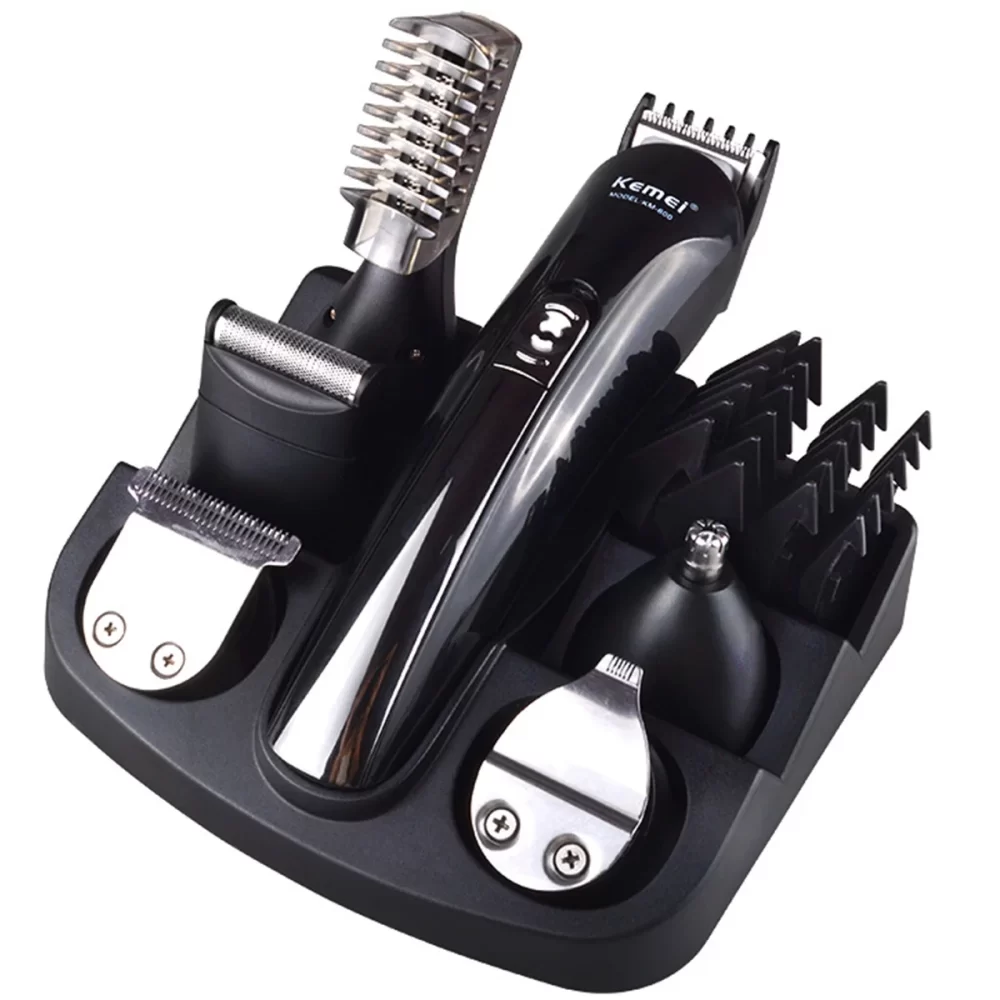 Troubleshooting Common Issues
Troubleshooting Common Issues
Dull Blades
If you find that your clippers are cutting unevenly even after cleaning, it may be time to replace the blades. Dull blades can lead to snags and pulls, making for an uncomfortable experience. Always check the manufacturer’s guidelines for replacement parts.
Overheating
If your clippers are overheating even after proper cleaning and oiling, make sure that you’re not cutting through too much hair at once. The motor may also be under strain if your blades are dull or damaged. A thorough cleaning may help, but consider consulting a professional if the problem persists.
Excessive Noise
If you notice your clippers making unusual noises, this could be a sign of insufficient lubrication or worn-out parts. Clean the blades first, and if the noise continues, you may need to inspect the motor or seek professional repair.
Final Thoughts on How to Clean Electric Hair Clippers
Cleaning electric hair clippers is not just a surface-level task; it’s an integral part of their maintenance. Regular cleaning not only extends the clippers’ life but also ensures safe, hygienic grooming experiences. By following the detailed steps outlined in this guide, you can keep your clippers in excellent condition, delivering top-notch haircuts each time. Remember, investing time in how to clean electric hair clippers will ultimately save you money and frustration in the long run. Happy clipping!

